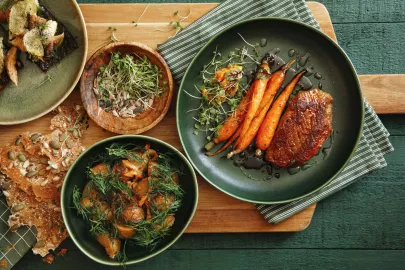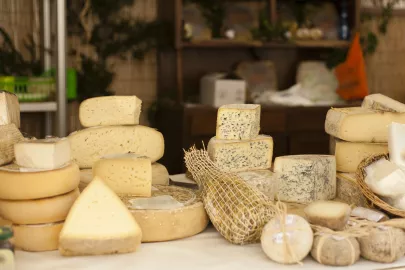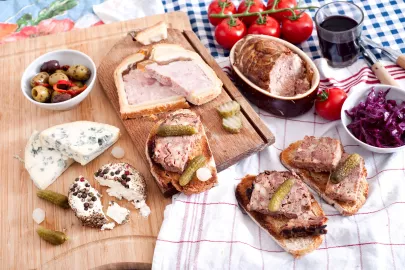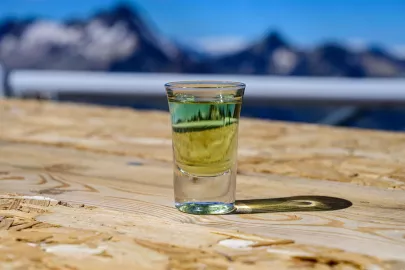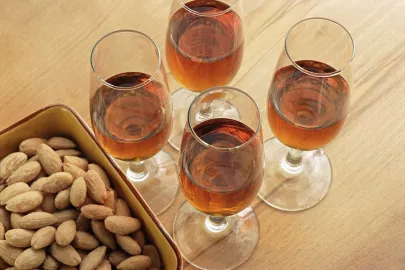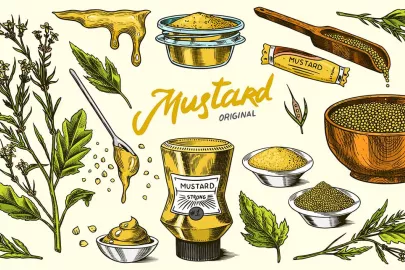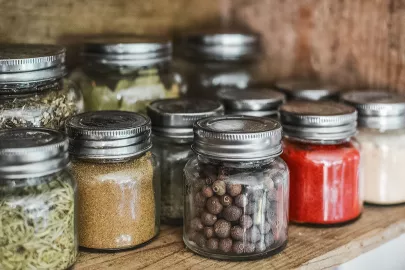Rice, which is one of the most consumed foods in the world, appeared quite late in France. Only one region today produces all the rice "made in France", the Camargue.
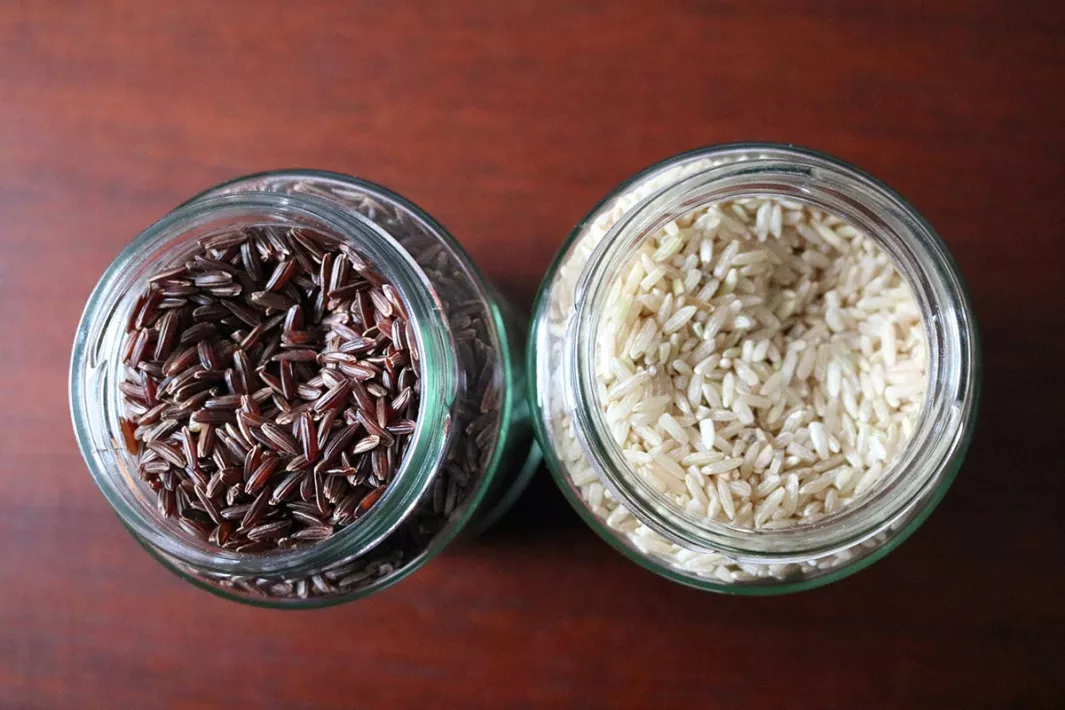
Last summer, I fell in love with Arles – instantly. This ancient, colourful, friendly, vibrant city is a beauty. Arles is art, fashion and photography. It is also a youthful city, with plenty of joie de vivre behind its old walls. Pretty alleyways invite you to browse in the independent stores, aromas of patisserie, lavender and sunshine waft on the air, there’s always music playing somewhere. Beyond the city gates lies another world-famous attraction: the Camargue rice fields.
Paella camarguaise – How paella found its way to Arles
The beating heart of Arles is the centrally located Place du Forum, not far from the city’s famous ampitheater. Countless restaurants line the square, including the famous Van Gogh Café, which in 1888 inspired the Dutch artist to paint one of his most famous works: Café Terrace at Night. Immediately opposite, the elegant and stylish Grand Hotel Pinus has always been the center of the city’s social life. This was where the fearless bullfighters and proud flamenco dancers would stay, old posters bearing witness to the heyday of bullfighting in Arles. This place was the favourite summer residence of high society. Prominent guests from all over the world, including artists like Callas, Picasso and Cocteau lived the high life here.
Especially around late summer and fall, the floral scent of saffron, garlic and roast chicken fills the air around the square and in many of the city’s alleys. In pans everywhere, lunchtime Paella camarguaise is simmering away in the open air. Mussels are silently opening in juicy yellow rice with accents of bright red shrimp.
Hold on a minute. Doesn’t paella come from Spain? True, it’s not so far to the Spanish border. But the Camargue is also one of the oldest rice-growing areas in Europe; rice has been cultivated here since the 16th century. Top quality rice has been thriving in the area since the 19th century. Paella camarguaise is creamier and juicier than its Spanish cousin. There is no crust, it’s more like a good risotto – minus the cheese, obviously – just spiced with saffron - there you have it! The nutty Camargue rice is the star of the show, tender chicken and firm shrimp are a welcome addition.
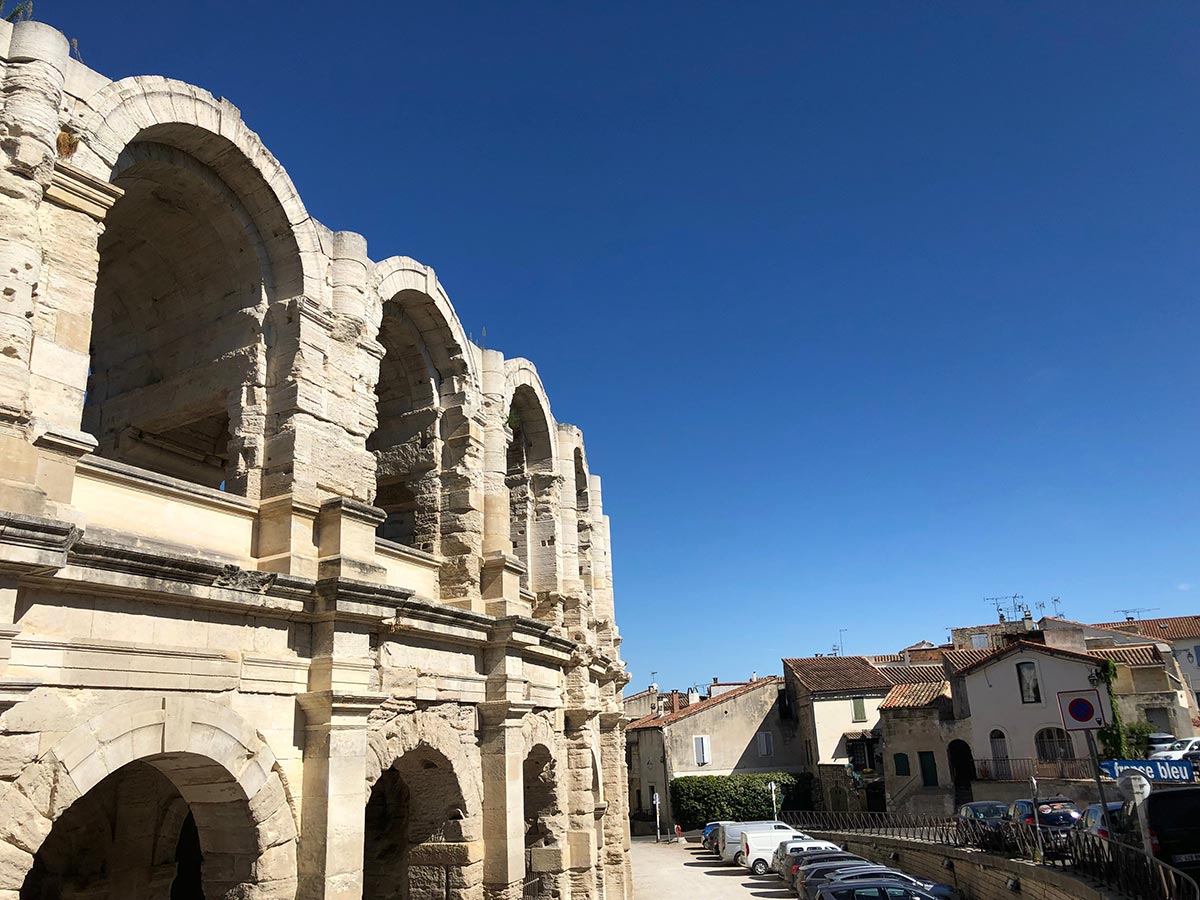
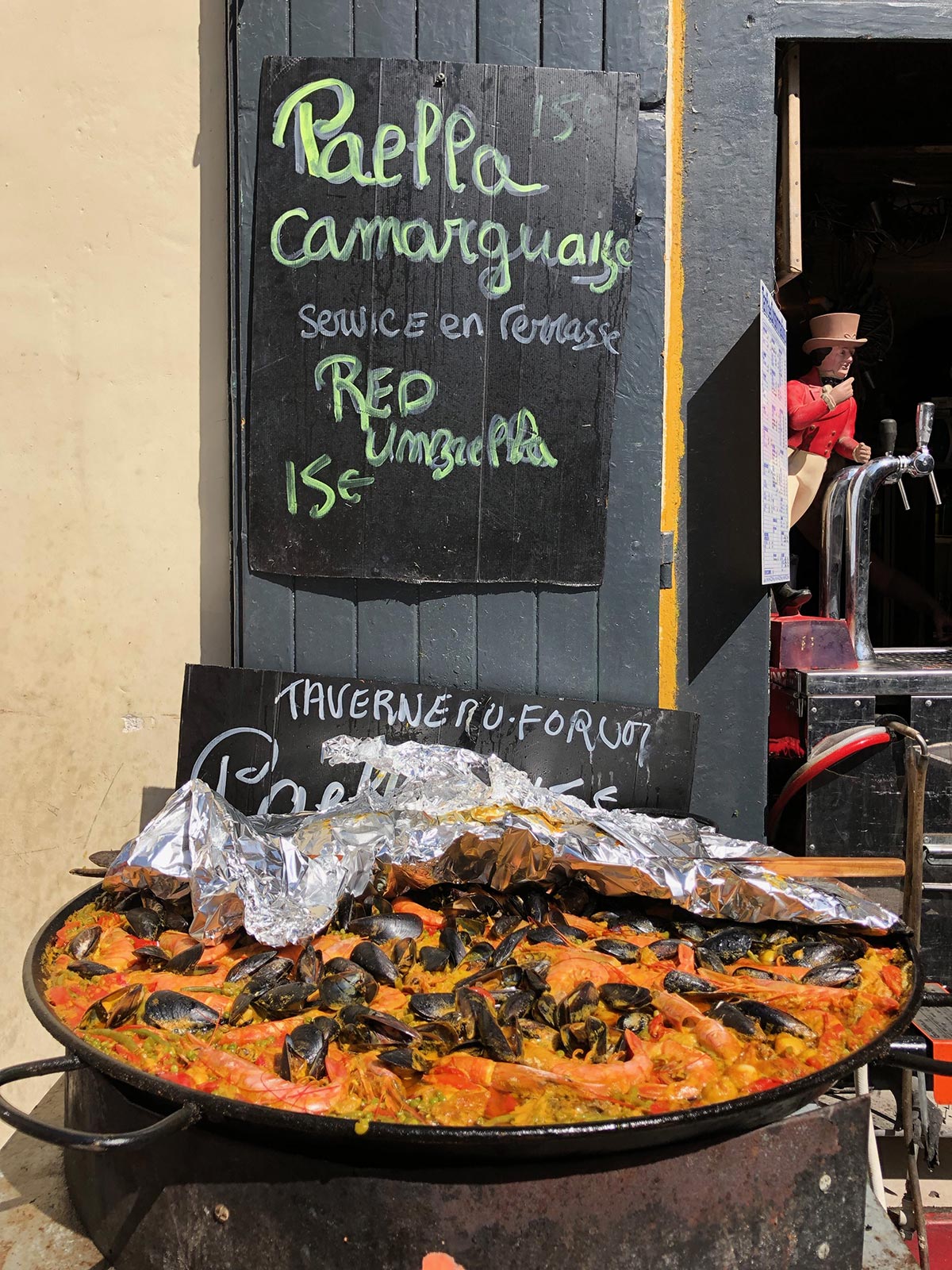
The Camargue delta - moving natural beauty
Barely 30 minutes away by car (you won’t find many of those inside the city walls, the traffic-calming measures in Arles are exemplary) is the heart of the Parc naturel régional de Camargue and the adjoining salt lagoons known as étangs. Rice and salt are the regional delicacies and this natural landscape between the Rhône and the sea is rousing: The reeds and rice plants rustle in the wind, black bulls graze in the vast green scenery and the famous pink flamingos stand in large groups on the sand bars and salt pans that rise out of the water everywhere. The pink flamingo (Phoenicopterus roseus) is just one of the estimated 340 animal species that inhabit the Camargue, including nine European heron species that regularly pass through. Visitors to the 13,000-hectare nature reserve can also see (and ride!) the white Camargue horses. Nature trails, observation platforms and exhibitions in the park, not to mention the Camargue Museum and the local Rice Museum (Maison du Riz), all make for an informative day out.
Camargue rice - quality and variety
The famous paddy fields stretch as far as the horizon. Today, 75% of France’s entire rice production comes from the Camargue, 55% of it from the district of Arles. Its predominantly sunny days and stable temperatures combine perfectly with the mistral winds that constantly blow through the delta between the river and the sea here. They keep the rice plants dry and protect them from infestation. Nowadays, there are three varieties of rice to choose from: white, black and red. The red Camargue rice came about through a natural mutation and is now world famous; in 2000 this high-quality organic product was granted protected geographical indication (PGI) status.
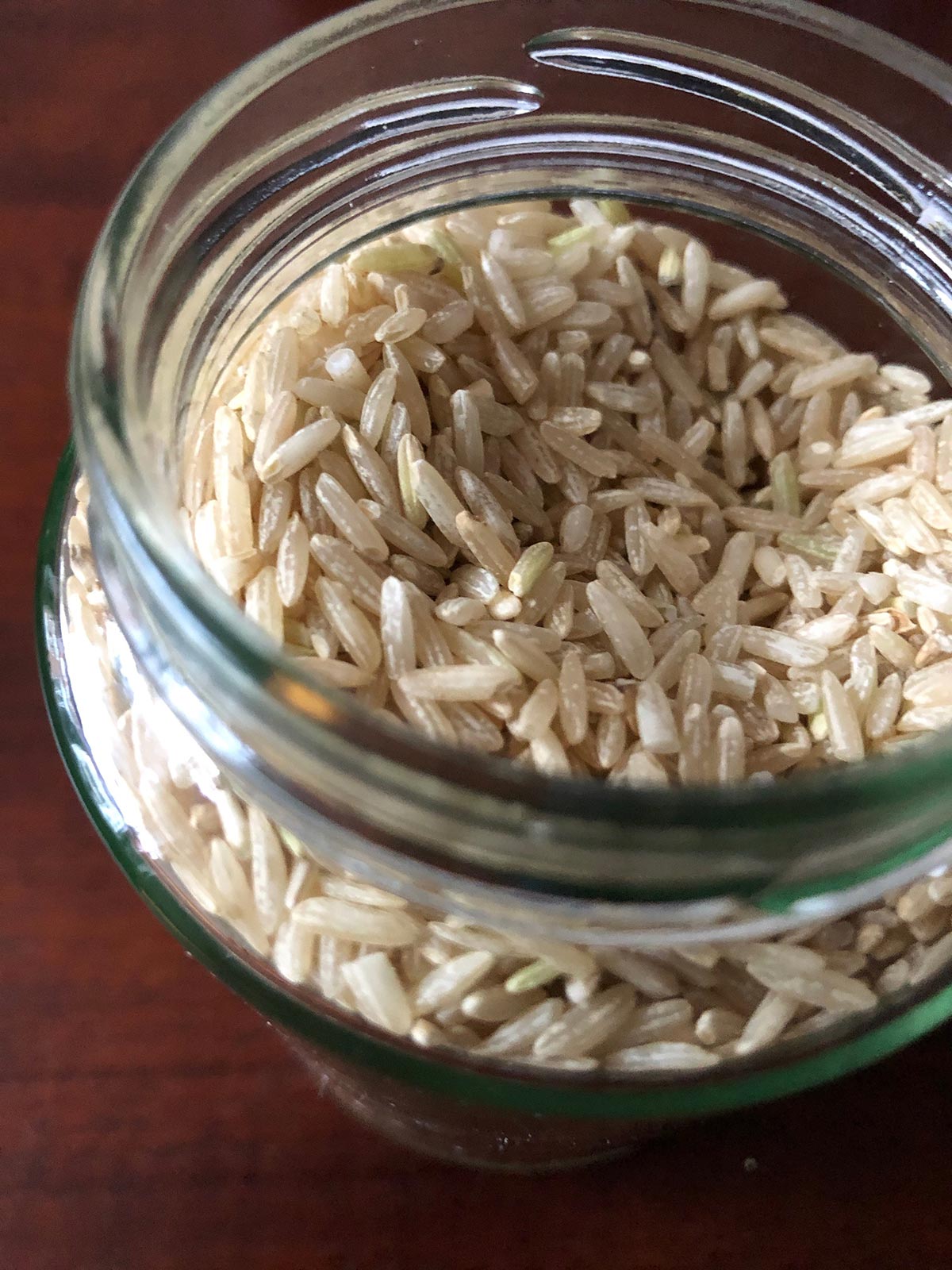
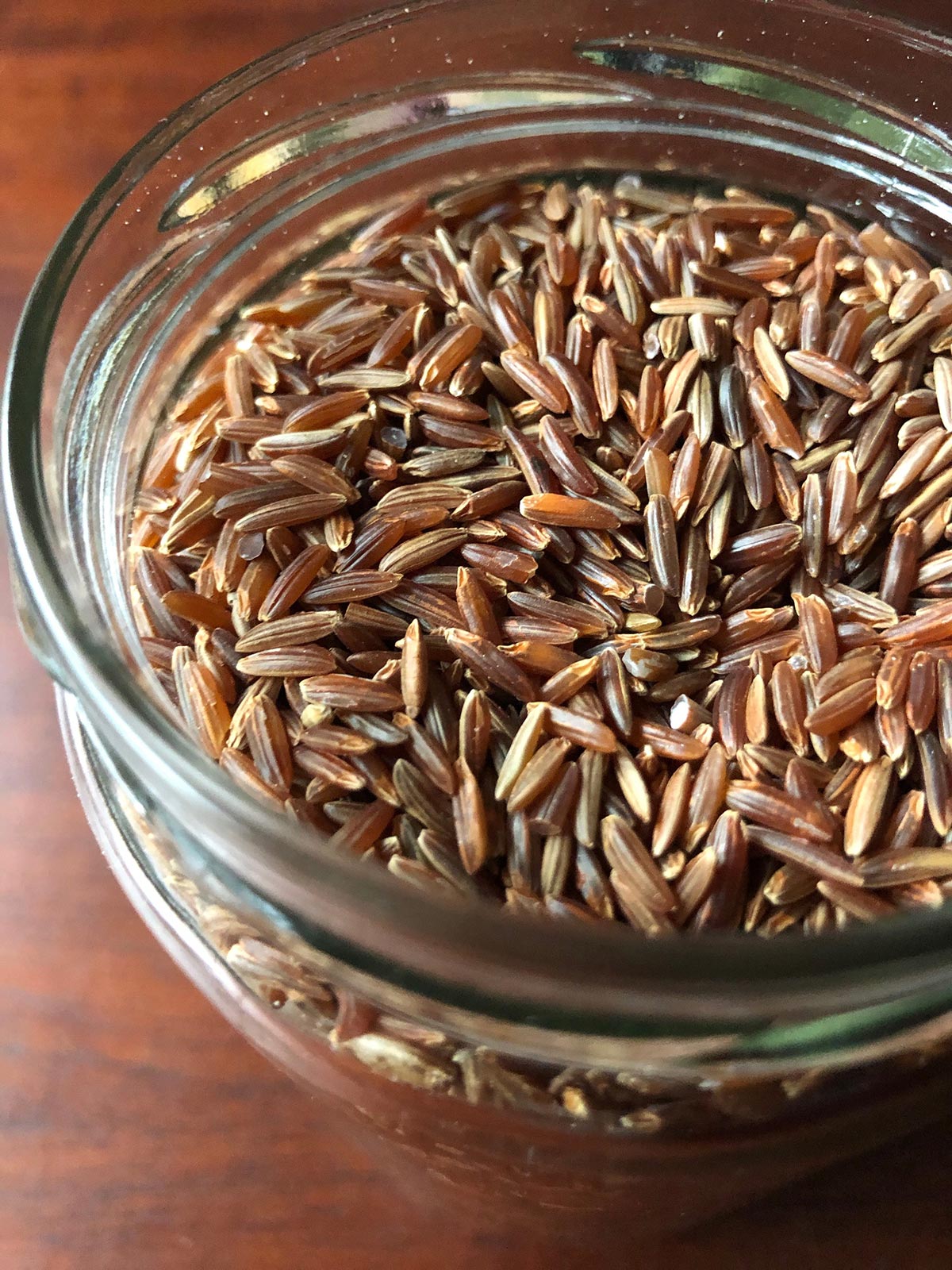
Sun, wind and water - how Camargue rice grows
The high-quality Camargue rice that we appreciate and enjoy today has been around since the end of the Second World War. Rice imports had stopped due to the war and the emerging independence of the French colony of Indochina had also awakened an interest in the old cereal farms in the Camargue delta. From 1945, irrigation systems and pump stations were constructed as part of the Marshall Plan. The fifteen years that followed saw the development of one of Europe’s most significant rice-growing areas.
Today, rice farmers continue to take advantage of the ideal climate conditions. To grow, rice needs heat first and foremost, with the roots in water and the plants exposed to wind. Seeding takes place in mid-April. A few days before, the farmers flood the fields with water from the Rhône, which is then warmed by the sun to the 15-17 degrees needed for the seeds to germinate. After four weeks, the water is slowly drained and the floating rice plants sink to the floor and grow roots. The fields are then re-flooded and the rice flowers in the second half of August. In total, the plants take 130 to 150 days to reach maturity, when they are harvested and the rice is husked, ready for sale. The brown whole grain rice is especially valuable – it’s a powerhouse, full of energy. But the other varieties also boast superfood credentials, with lots of vital nutrients, such as minerals like magnesium, potassium, iron, zinc and vitamin B1. They boost the immune system, support the heart and nervous system and help prevent muscle cramps.
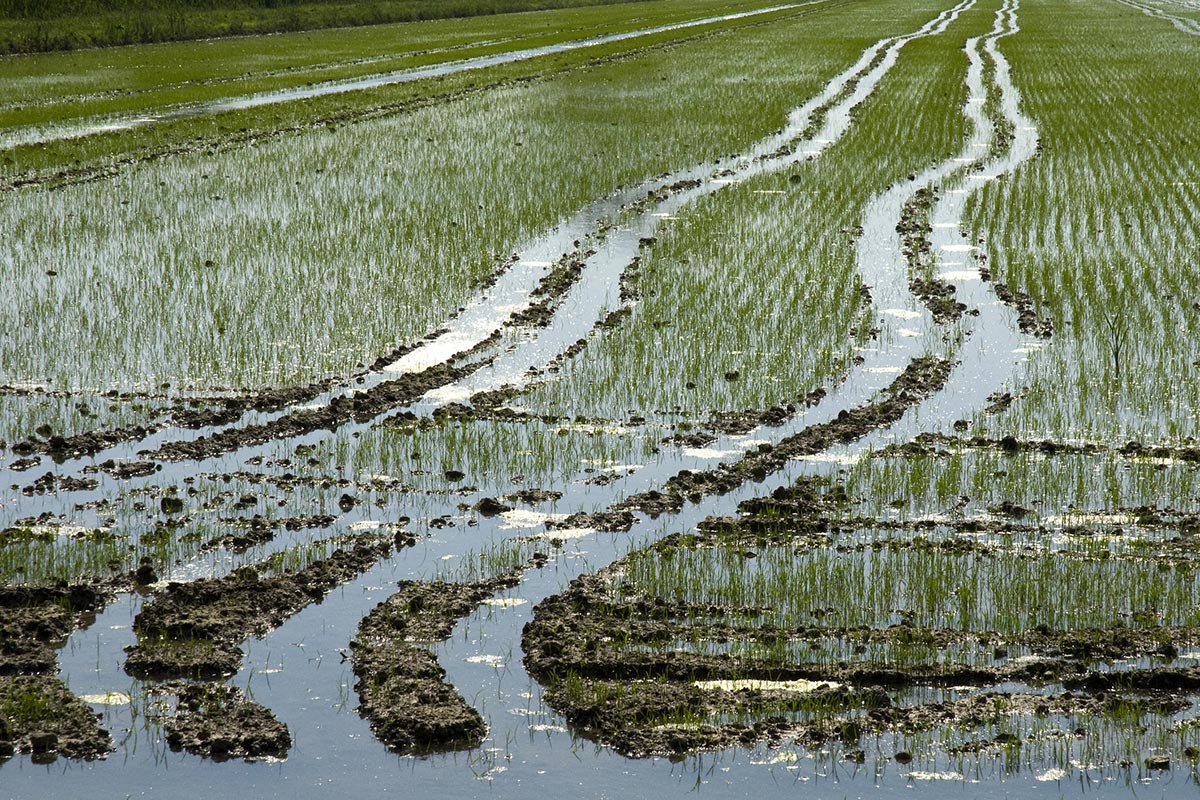
Buying and preparing Camargue rice
Camargue rice is renowned in cooking for its nutty flavour; it is aromatic and tasty. A knob of butter and a little salt are usually all it needs! It makes a wonderful accompaniment to meat, fish and seafood – and especially the famous Camargue cowboy’s dish Gardianne de taureau, a beef stew that is steeped in good red wine and seasoned with bay leaf, thyme, dried orange peel, vinegar, onions and garlic.
You can find Camargue rice in well-stocked grocery stores, especially organic stores and health food stores, or alternatively it can be ordered online. Anyone planning a visit to the Camargue should leave room (and weight) in their suitcase for a couple of packets of this superfood. The rice is significantly cheaper and there is a whole range available to buy. Take a look at our tips and instructions for preparing Camargue rice!
Missing Arles? I recommend our Bayonne ham and Camargue rice makis to sate the wanderlust and tide you over until the next trip.
Contributor

Editor



